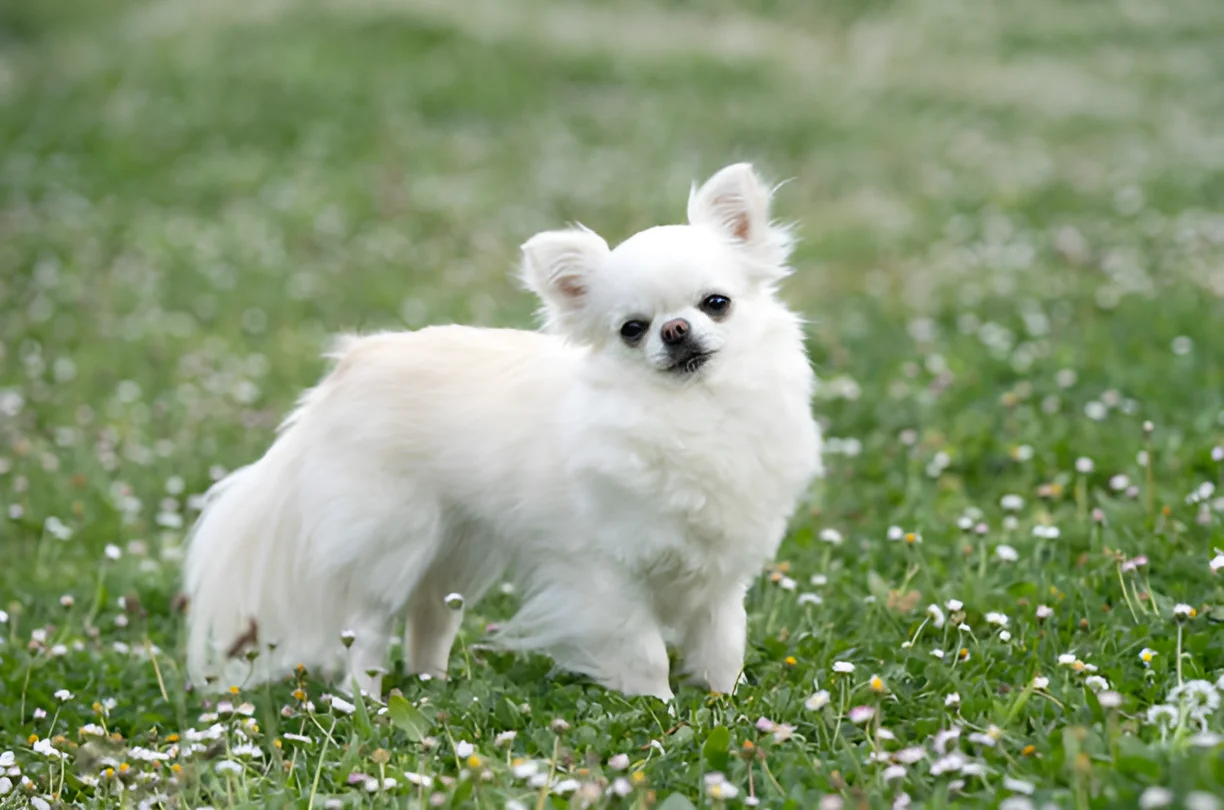Yes, Chihuahuas are a man-made breed, developed through selective breeding over centuries. Chihuahuas, with their pint-sized frames and larger-than-life personalities, have captured the hearts of many. But how did these tiny dogs come to be? Let’s embark on a journey through history, genetics, and the unique traits that make Chihuahuas so special.
The Ancient Roots of Chihuahuas
The story of Chihuahuas begins in ancient Mexico. These little dogs are believed to be descendants of the Techichi, a small, mute dog kept by the Toltec civilization around the 9th century AD. The Techichi were not just pets; they played significant roles in religious ceremonies and were often buried with their owners to accompany them in the afterlife. This early relationship between humans and small dogs set the stage for the development of the Chihuahua.
The Influence of Other Breeds
As time passed, the Techichi likely interbred with other small dogs brought to the Americas by traders and explorers. One theory suggests that the Chinese Crested, a small, hairless dog, may have contributed to the Chihuahua’s gene pool. This mixing of breeds helped refine the Chihuahua’s characteristics, making them smaller and more suited to companionship.
The Chihuahua’s Journey to Modern Times
The Chihuahua as we know it today began to take shape in the 19th century. American tourists visiting Mexico discovered these charming little dogs and brought them back to the United States. The breed was named after the Mexican state of Chihuahua, where they were first found in significant numbers. Their popularity quickly grew, and they became a favorite among dog enthusiasts.
Physical Characteristics and Varieties
Chihuahuas are known for their small size, typically weighing between 2 to 6 pounds, and their large, expressive eyes. They come in two coat types: smooth and long-haired. The smooth-coated Chihuahua has a short, glossy coat, while the long-haired variety boasts a soft, flowing coat. Both types come in a wide range of colors, including fawn, black, white, chocolate, and more.
Despite their diminutive size, Chihuahuas have a sturdy build and a confident demeanor. Their ears are large and erect, giving them an alert and curious expression. This breed’s small size and portability make them ideal for city living and apartment dwellers.
The Bold and Spirited Personality
One of the most endearing traits of Chihuahuas is their bold and spirited personality. These little dogs often exhibit a feisty and confident demeanor, earning them the nickname “big dogs in small bodies.” They are known for their loyalty and devotion to their owners, often forming strong bonds with one or two people.
Chihuahuas are also highly alert and make excellent watchdogs. They are quick to sound the alarm if they sense anything unusual, making them great companions for those seeking a vigilant pet. However, their strong-willed nature can sometimes lead to stubbornness, so early training and socialization are essential.
Health and Wellness
While Chihuahuas are generally healthy dogs, their small size makes them prone to certain health issues. Common problems include dental issues, patellar luxation (a condition where the kneecap dislocates), and heart conditions. Regular veterinary check-ups, a balanced diet, and appropriate exercise are crucial to maintaining their health.
Dental care is particularly important for Chihuahuas, as their small mouths can lead to overcrowded teeth and gum disease. Regular brushing and professional cleanings can help prevent these issues. Additionally, owners should be mindful of their Chihuahua’s weight, as obesity can exacerbate health problems.
Training and Socialization
Training a Chihuahua can be both rewarding and challenging. These intelligent dogs respond well to positive reinforcement techniques, such as treats and praise. Consistency and patience are key, as Chihuahuas can be stubborn at times. Early socialization is also important to ensure they are well-adjusted and comfortable around other people and animals.
Chihuahuas thrive on mental stimulation and enjoy learning new tricks and commands. Engaging them in interactive games and puzzle toys can help keep their minds sharp and prevent boredom. Despite their small size, they have a lot of energy and benefit from regular exercise, such as daily walks and playtime.
The Role of Chihuahuas in Modern Society
Today, Chihuahuas are primarily bred for companionship. Their small size and adaptable nature make them ideal pets for a variety of living situations, from apartments to larger homes. They are also popular in the world of dog sports, excelling in agility and obedience competitions.
Chihuahuas have also made their mark in popular culture. They have been featured in movies, television shows, and even as fashion accessories for celebrities. This widespread exposure has only increased their popularity and cemented their status as beloved pets.
Conclusion
Chihuahuas are indeed a man-made breed, shaped by centuries of selective breeding to become the charming and spirited companions we adore today. Their rich history, unique characteristics, and unwavering loyalty make them a fascinating subject for dog enthusiasts and pet owners alike.
The photo featured below the post headline is Credit: cynoclub/istockphoto
I hope you find this post helpful and informative. If Yes’ feel free to share it with your friends!
Frequently Asked Questions
Are Chihuahuas good with children?
Chihuahuas can be good with children if properly socialized from a young age. However, due to their small size, they should be handled gently to prevent injury.
How long do Chihuahuas live?
Chihuahuas have a relatively long lifespan, often living between 12 to 20 years with proper care.
Do Chihuahuas require a lot of exercise?
Chihuahuas do not require extensive exercise but benefit from daily walks and playtime to keep them healthy and happy.
Are Chihuahuas easy to train?
Chihuahuas can be challenging to train due to their stubborn nature, but they respond well to positive reinforcement and consistent training methods.
What is the best diet for a Chihuahua?
A balanced diet with high-quality dog food, appropriate for their size and age, is essential for maintaining a Chihuahua’s health. Consult with a veterinarian for specific dietary recommendations.

